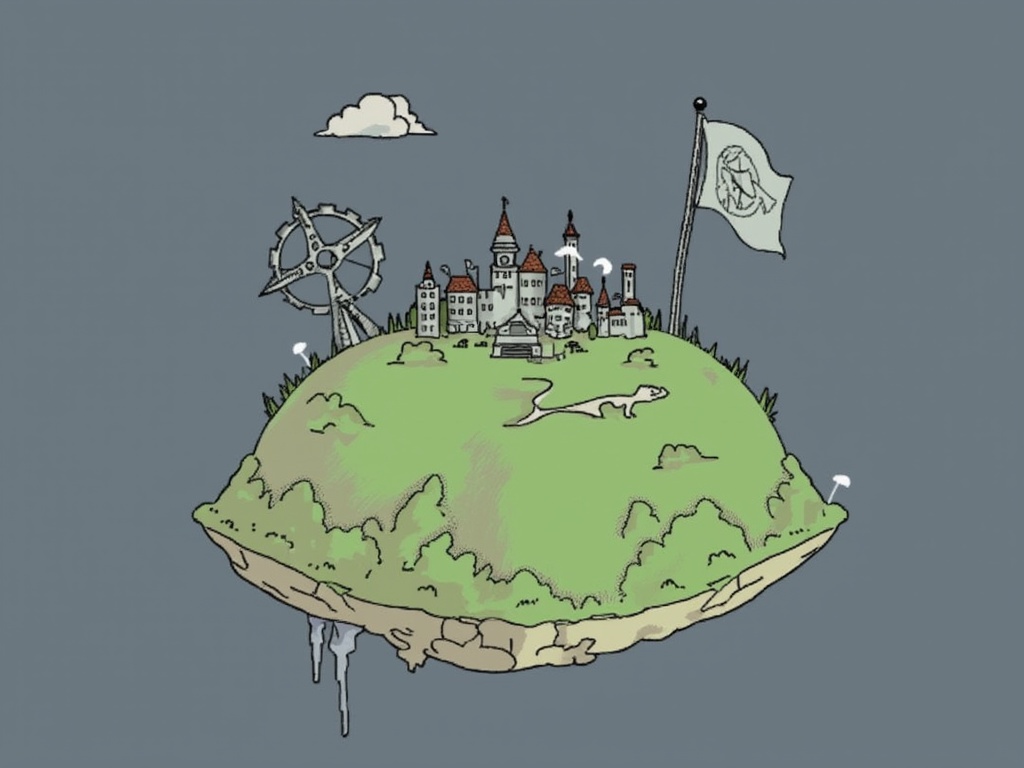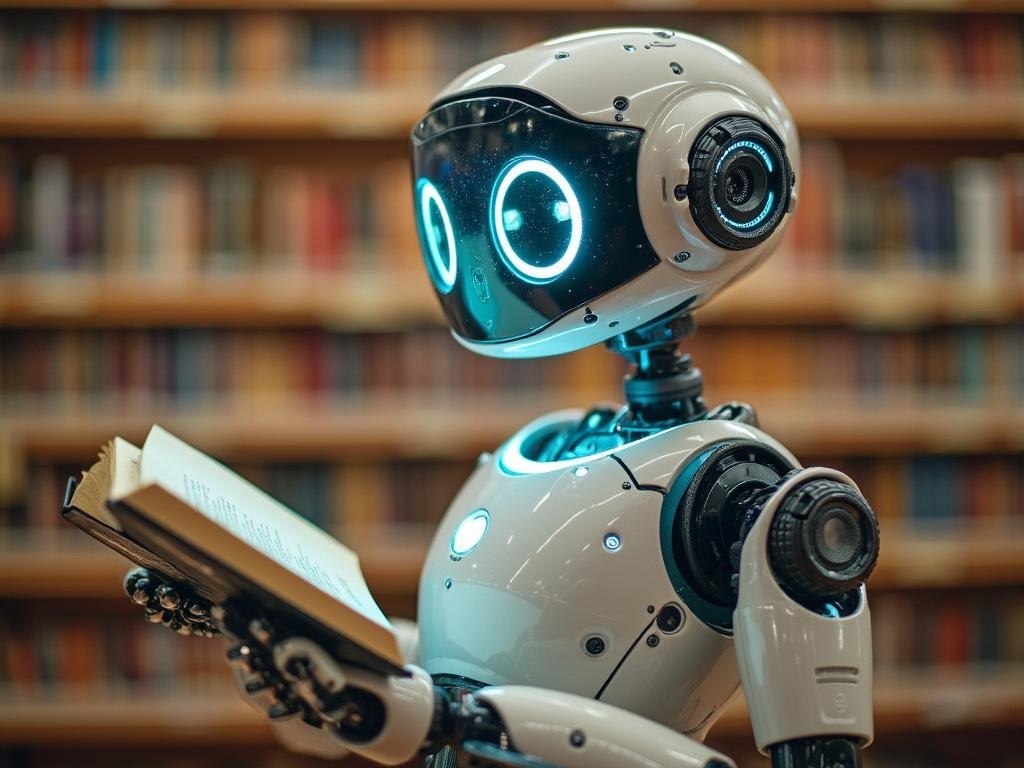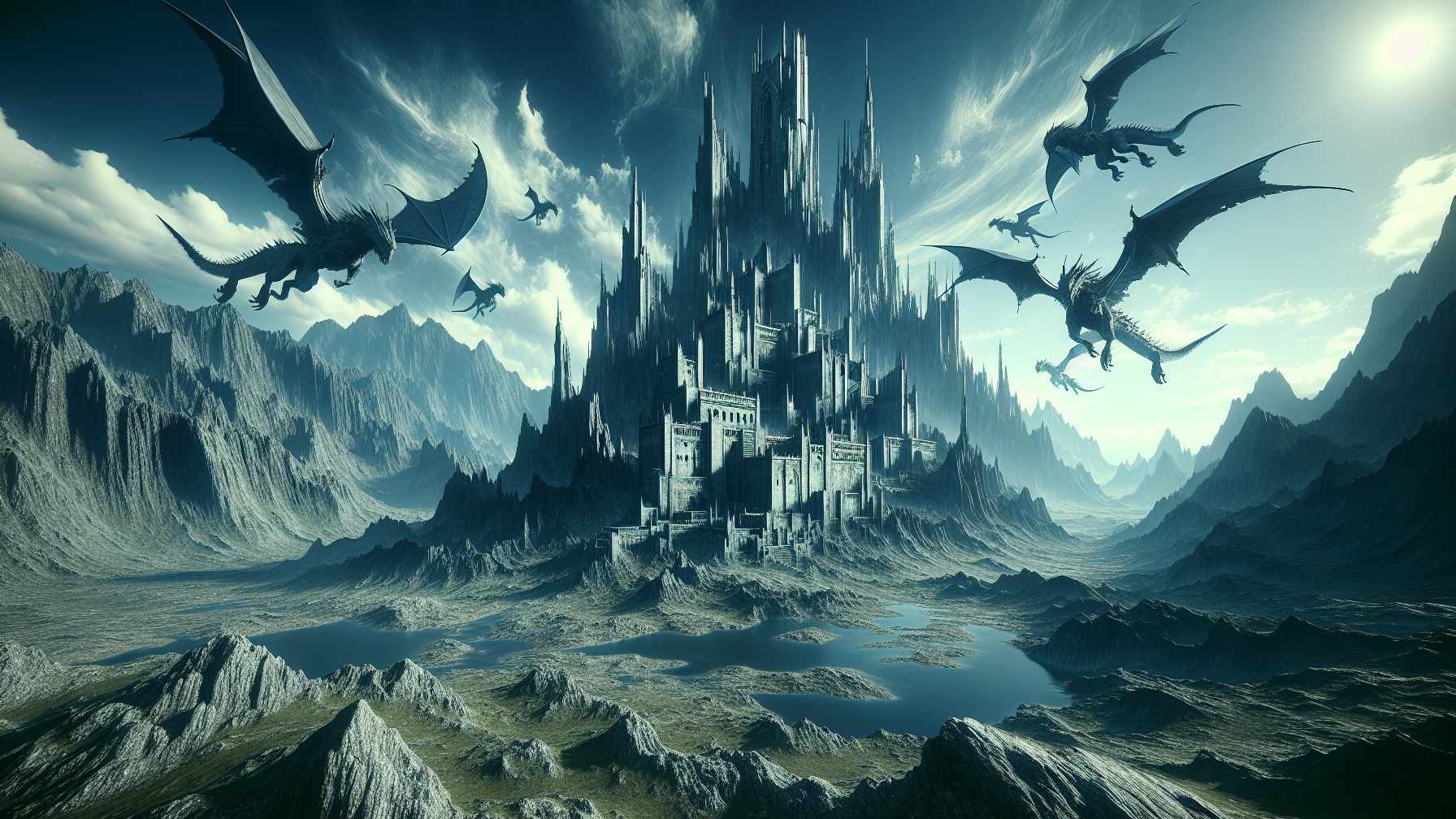AI tools for writing have revolutionized the way authors conceptualize and build complex fictional worlds, offering unprecedented efficiency and creative depth through automated generation of settings, characters, cultures, and storylines. These specialized AI writing tools dramatically reduce the time spent on worldbuilding from months to mere hours, allowing writers to focus on refining unique narrative elements while the AI handles the complex interconnected systems that make fictional universes feel authentic.
Key Takeaways
- Comprehensive worldbuilding generators can produce detailed 3,000+ word narratives across various genres in minutes
- AI tools create consistent character backstories and cultural systems with interconnected elements
- Geographical and environmental generators produce visually cohesive fictional landscapes with matching climate systems
- The best AI for writing balances automation with human creativity rather than replacing it
- Free AI writing tools offer basic worldbuilding capabilities while premium options provide more sophisticated features
The AI Revolution in Worldbuilding
Worldbuilding has traditionally been one of the most time-intensive aspects of creative writing. Creating coherent fictional universes with consistent rules, cultures, geography, and technological or magical systems once required authors to spend months or even years developing background materials before crafting their actual stories. The emergence of specialized AI tools for writing has fundamentally changed this equation. Recent data suggests that writers using these tools can reduce worldbuilding time by up to 75%, allowing for more focus on character development and plot construction.
The market now offers several categories of AI writing tools specifically designed for worldbuilding, ranging from comprehensive universe generators to specialized applications for geography, culture, or magic system creation. These benefits of AI writing tools extend beyond mere time savings—they often help writers discover creative possibilities they might not have considered, breaking through common creative blocks and generic tropes. For both novice writers and experienced authors, these tools represent a powerful addition to the creative toolkit.
Comprehensive Worldbuilding Generators
The most powerful AI writing tools in the worldbuilding category can generate entire fictional universes with remarkable detail and consistency. These systems typically allow users to select thematic parameters and genre specifications before producing comprehensive textual descriptions of worlds that feel authentic and lived-in. Tools like Toolsaday’s World Building Generator can output 3,000+ word narratives that outline everything from geological features to societal structures, technological development, and historical timelines.
To use these comprehensive generators effectively, I recommend following this basic process:
- Specify your genre parameters (fantasy, sci-fi, steampunk, etc.)
- Set technological or magical advancement levels
- Define any specific cultural or environmental elements you want included
- Generate the initial world framework
- Manually edit and refine the output to align with your creative vision
The best AI writing tools in this category offer both text-based descriptions and visual elements that help bring the world to life. For example, when using Toolsaday’s generator to create a steampunk universe, the system might produce not just descriptions of brass-fitted technologies and coal-powered flying machines, but also visual references for architecture styles, clothing aesthetics, and technological schematics that maintain consistency throughout your world.
Character and Culture Creation Tools
Creating believable characters that are products of their fictional cultures requires deep interconnected systems of values, traditions, and social structures. AI tools excel at generating these complex relationships. The best AI for writing characters doesn’t just create isolated character sheets—it builds individuals whose motivations, abilities, and limitations directly tie to the cultural systems they inhabit.
These tools can generate:
- Complete cultural frameworks including religious practices, social hierarchies, and economic systems
- Character backstories that reflect specific cultural upbringings
- Custom languages with consistent grammatical rules and vocabulary
- Interpersonal relationship systems reflecting cultural values
What makes these tools particularly valuable is their ability to maintain logical consistency across diverse character populations. For instance, when creating a complex caste system, the AI ensures that character motivations align with their social position while also generating realistic rebellion or conformity patterns. Many of these tools also support multiple languages, allowing you to collaborate with AI as a co-author to create globally accessible stories with authentic cultural representation.
Geographical and Environmental Generators
Building convincing fictional worlds requires attention to geographical coherence and environmental logic. Free AI writing tools often include basic landscape generators, while premium options provide sophisticated systems that ensure your mountain ranges, river systems, and urban developments follow realistic patterns. These tools avoid common worldbuilding pitfalls like rivers that flow uphill or desert regions adjacent to rainforests without explanation.
Advanced geographical generators can create:
- Detailed topographical maps with elevation data
- Climate systems that reflect realistic weather patterns based on geographical features
- Urban environment layouts that reflect available resources and technological development
- Ecosystem descriptions with native flora and fauna adapted to local conditions
One impressive capability of these tools is their ability to generate unique environmental concepts that still maintain internal logic. For example, when prompted to create a floating city concept, the AI doesn’t just describe an aesthetically interesting setting—it generates the technological or magical requirements that would make such a place possible, the resource challenges it would face, and how these factors would shape the society that developed there.
Magic Systems and Technology Creators
Creating balanced, original magic systems or technological frameworks that serve story purposes without creating plot holes has traditionally been challenging for authors. Specialized AI tools now exist that can generate rule-based magic systems or technological concepts that maintain internal consistency while providing interesting story potential.
These systems typically focus on:
- Establishing clear rules and limitations for magical or technological capabilities
- Creating cost systems that prevent powers from solving all story problems
- Developing unique artifacts or devices with specific capabilities and limitations
- Ensuring technological or magical progression follows logical development patterns
How to use AI writing tools for magic system creation typically involves defining the energy source or fundamental principle behind your magic, then allowing the AI to generate balanced rules. For example, one system might create magic that requires specific emotional states to cast spells—this immediately suggests character challenges and plot complications when certain emotional states become difficult to access. Similarly, technology creators might generate societies dependent on rare resources, creating immediate geopolitical tensions you can explore in your narrative.
Plot Integration and Story Structure Tools
The most sophisticated worldbuilding tools don’t just create static settings—they suggest how those settings naturally generate conflicts and narrative possibilities. These tools analyze the worlds they’ve created to identify inherent tensions, power imbalances, resource scarcities, or cultural conflicts that can drive compelling stories.
Plot integration features typically include:
- Conflict generators based on worldbuilding elements
- Character journey maps that reflect geographical and cultural challenges
- Dialogue adapters that reflect cultural speech patterns
- Narrative arc suggestions that leverage unique world elements
For example, if your generated magic system requires rare components found only in specific regions, the AI might suggest conflicts between different factions seeking to control these resources. This organic plot development feels more authentic than forcing external conflicts onto your world. These systems effectively demonstrate how setting can drive plot rather than merely serving as background—a storytelling principle that elevates narrative quality.
Practical Workflow Integration
The benefits of AI writing tools are maximized when they’re intelligently integrated into your existing creative process rather than replacing it entirely. Most professional authors using these tools follow a generation-refinement workflow that leverages AI strengths while preserving human creative direction.
An effective AI worldbuilding workflow might look like this:
- Generate broad world concepts using comprehensive tools
- Manually select elements that spark creative interest
- Use specialized tools to expand those specific elements
- Export generated content to your preferred writing environment
- Refine and modify to align with your unique creative vision
Many of these tools offer export capabilities in multiple formats, allowing integration with interactive story platforms or traditional writing software. The goal isn’t to generate a final product but to create a rich foundation that speeds up the worldbuilding process while still leaving room for your personal creative touches that make the world uniquely yours.
Limitations and Ethical Considerations
While AI worldbuilding tools offer tremendous advantages, they come with notable limitations and ethical considerations that deserve attention. Understanding these potential shortcomings helps you use these tools more effectively and responsibly.
Common limitations include:
- Tendency toward generating tropey or derivative elements without careful prompting
- Limited understanding of complex social nuances compared to human creators
- Potential reproduction of problematic stereotypes if not carefully reviewed
- Varying quality of outputs depending on how specifically you frame your requests
Ethical considerations center primarily around originality and attribution. While using AI-generated elements in your personal creative works is generally considered acceptable, many publishing platforms now require disclosure of AI assistance. Some creative communities are still developing norms around what level of AI assistance is considered appropriate. The best practice is to use these tools as creative sparks and foundations rather than final products, then add your own substantial creative input to make the worlds truly your own.
Case Studies: Success Stories
Several published authors have openly discussed their use of AI tools to enhance their worldbuilding processes. Fantasy author Marcus Chen credits AI worldbuilding tools with helping him develop the complex underwater civilization in his bestselling “Depths of Lumina” series, noting that the AI-generated cultural systems helped him create consistent societal structures he might not have considered. Chen reports reducing his worldbuilding time from approximately six months to three weeks while actually increasing the depth and consistency of his world.
Before-and-after comparisons from authors using these tools typically show:
- Increased internal consistency across large fictional universes
- More detailed cultural and technological systems
- Greater attention to environmental factors that would influence societies
- Reduction in common logical errors and worldbuilding oversights
Reader reactions to AI-assisted worldbuilding have been largely positive, with many reviewers specifically praising the depth and coherence of fictional settings without realizing AI tools were involved in their creation. This suggests that when used effectively, these tools enhance rather than detract from the reader experience—the ultimate measure of their value to writers.
Getting Started with AI Worldbuilding
If you’re interested in experimenting with AI worldbuilding tools, I recommend starting with free AI writing tools that offer basic functionality before investing in premium options. Several platforms offer limited free versions that provide enough capabilities to understand how these tools might fit into your creative process.
For beginners, consider
AI writing tools have transformed worldbuilding for authors, reducing months of work to hours through automated generation of settings, characters, cultures, and storylines. These specialized tools create comprehensive fictional universes with consistent internal logic while allowing writers to focus on refining unique narrative elements. The technology produces detailed 3,000+ word narratives across genres, consistent character backstories, cohesive fictional landscapes, and balanced magic or technological systems that drive organic plot development.
| Key Points | Benefits |
|---|---|
| Reduces worldbuilding time by up to 75% | Writers focus more on storytelling |
| Creates interconnected cultures, geography, and systems | Improves world consistency and authenticity |
| Balances automation with human creativity | Serves as foundation rather than replacement |
| Identifies natural conflicts within generated worlds | Helps develop organic, setting-driven plots |



